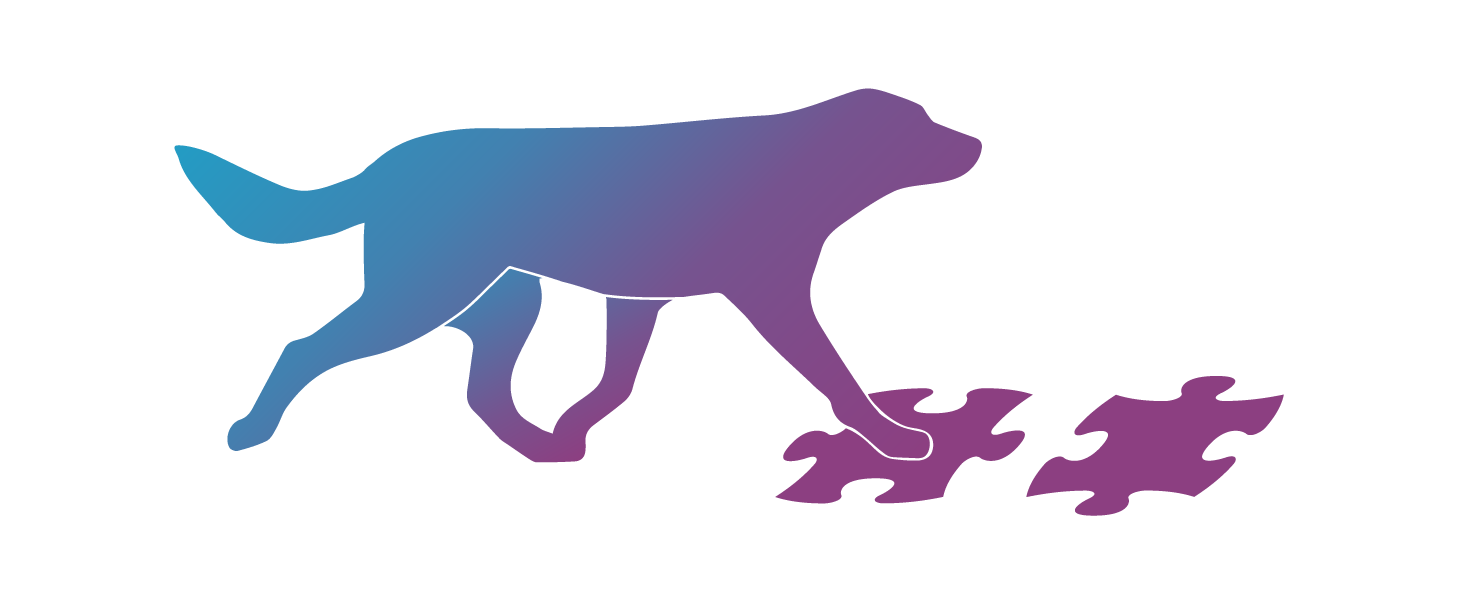Reducing the risk of injuries through smarter training
One of the key goals of any fitness trainer is to help reduce the risk of injuries in our canine companions. I don’t know a more torturing feeling for me as a pet parent than making my dog hurt through activities and sports that I’ve chosen for her. To me, reducing the risk of injuries is one of the key motivators for fitness training. Yet, strengthening work is only one part of it. If we don’t pay attention to the other end of the equation, we undermine our work. Read more in the full post.
1 response